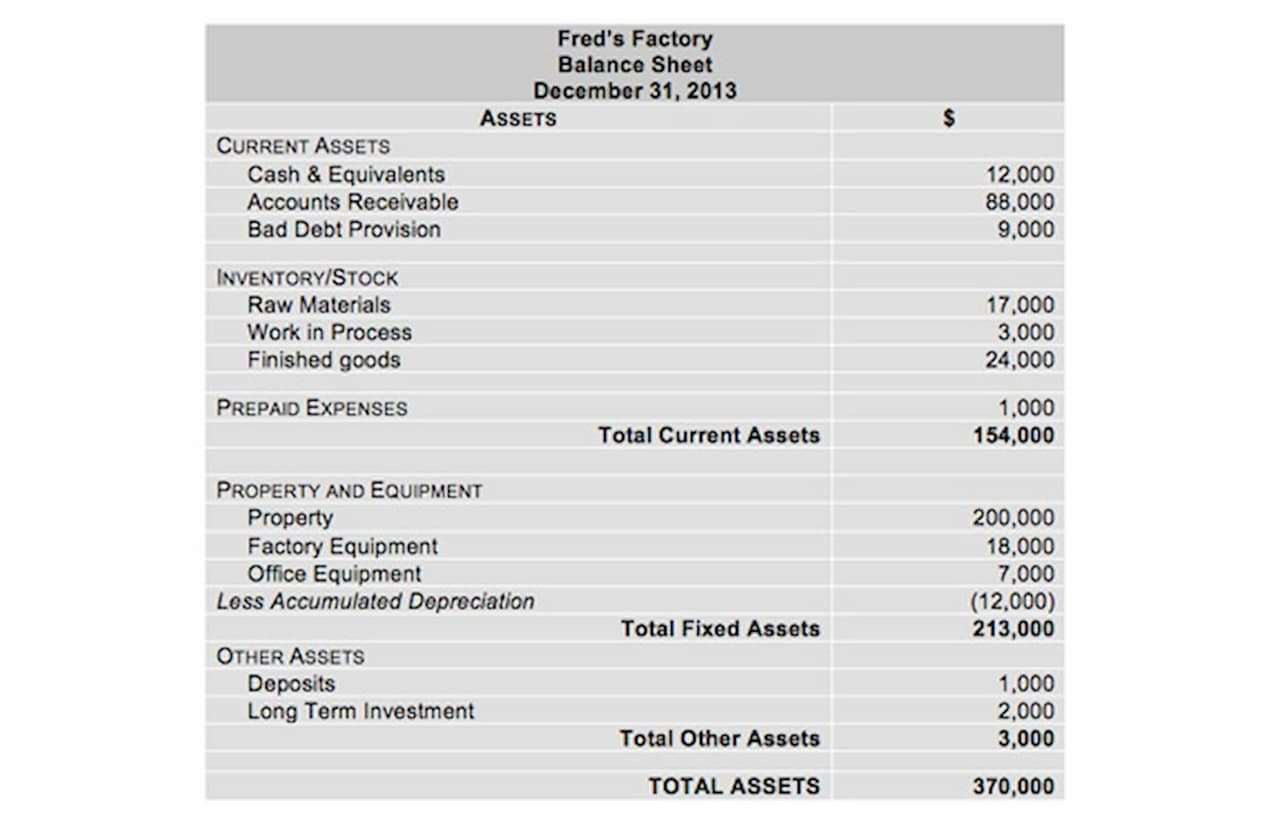
However, if the financial statements are prepared based on local GAAP, then the audit needs to be performed against those local GAAP. But, sometimes, as required by management, bank, security exchange, regulation, or else, the financial audit is also performed quarterly. Some countries may require companies in specific industries like banks, minerals, and others based on their decision to have those companies’ financial statements audited. The common criteria set by law that require entities to have their financial statements by qualified audit firms are annual turnover, the value of assets, and the number of staff the entity employed.

Types of Compliance Audits
External audits focus on internal vs external audit evaluating the fairness and accuracy of an organization’s financial statements for external stakeholders, such as investors and regulators. Internal audits, however, focus on improving internal controls, risk management, and efficiency within the organization, without external reporting obligations. External auditors will provide XYZ Ltd. with an independent assessment of its internal control over financial reporting. The audit team will evaluate processes such as cash handling, inventory management, and financial transaction recording to identify weaknesses or deficiencies.
- Each type of audit plays a crucial role in ensuring comprehensive oversight and continuous improvement.
- These auditor certifications and qualifications are issued by formal authorizing bodies, like the AICPA, ISO, PCI Security Standards Council, and others.
- The objectives section outlines why the internal audit was conducted and the scope defines what areas were included in the audit.
- External audit increases the authenticity and credibility of financial statements as the financial statements of the company are being verified by an independent external party.
- Leverage templates heavily — compliance activities should be easily repeatable and integrated into everyday operations.
Key Points to Understand
They verify transactions, reconcile accounts, and assess internal controls over financial reporting. As part of their work, compliance auditors will need to review the policies and procedures that govern the business. Other common policies useful for compliance audits include change control policies, identity and user access control policies, acceptable use policies, and third-party risk management policies. Aside from being necessary for many businesses, compliance audits performed by independent auditors give stakeholders another lens to view the organization. Furthermore, internal audits tend to assess an organization’s performance against its own goals, rather than a specific framework.
Step 2: Auditing
They confirm the scope of the audit, prepare an evidence or audit checklist, plan their approach, and schedule time with the organization’s main point(s) of contact to coordinate and kick off the audit. Privacy regulations like GDPR have galvanized other geographies into implementing privacy regulations around personal data, or at least starting the conversation. Compliance audits are a broad topic that can affect many organizations across different parts of an organization. There can be different kinds of compliance audits being performed at any given point in time, and at first glance the world of compliance is full of opacity and acronyms.
How often are internal audits conducted?
- Financial audit refers to the audit of the entity’s financial statements by an independent auditor where audit opinion will be provided on those financial statements after auditing works are done.
- If the information cannot be trusted, it will undermine the stakeholders’ willingness to engage with companies.
- Surveillance audits are very much like certification audits, with the exception that they are not issuing or re-issuing a certificate.
- Differences between an internal audit and an external audit include who the audience is for the resulting audit report.
- We turn the difficult into simple, make the unknown known, and put an end to tedious tasks.
- Aside from being necessary for many businesses, compliance audits performed by independent auditors give stakeholders another lens to view the organization.
External auditors examine an organization’s financial statements to verify that they present a true and fair view of the company’s financial position. Their work ensures that the statements comply with accounting standards and regulations. External auditors provide an independent opinion that helps unearned revenue external stakeholders trust the accuracy of the financial reports. An external audit is a systematic review of a company’s financial records, transactions, and operations by an external auditor. The primary objective is to provide an independent and unbiased opinion on whether the financial statements present a true and fair view of the company’s financial position and performance. Internal audits and external audits complement each other – both require auditor independence and provide assurance over the functioning of internal controls.

This is where the auditor will interview your staff and review your documented information (procedures, records, etc.) to verify you are meeting all the ISO 9001 requirements. An internal audit is a review of a business’s processes, systems, and procedures that identifies opportunities for improvement. These audits are generally conducted by third-party entities with no interest in the business, allowing the company to receive non-biased, objective input. To prepare for this phase, it’s best to have interviewees review the organization’s official policy and procedure documents related to the interview topic. The point person for that interview should develop a thorough understanding https://www.bookstime.com/ of the people, processes, and technologies under their purview.

As you can see there is a heavy focus on financial modeling, finance, Excel, business valuation, budgeting/forecasting, PowerPoint presentations, accounting and business strategy. Private companies do not have to undergo external audits as a matter of routine, but some still choose to do so. Typically, external audits help them build trust with their customers or furnish them with additional proof to show lenders when applying for credit.
- Other common policies useful for compliance audits include change control policies, identity and user access control policies, acceptable use policies, and third-party risk management policies.
- This type of audit is carried out by an employee or department within the organization.
- While internal audits delve into a company’s inner workings, external audits validate its financial presentations and compliance from an outsider’s perspective.
- The external party performs an objective assessment and evaluates compliance with standards, regulations, policies or procedures.
- Whether you’re a large entity or a small business, we’re here to guide you through the audit maze with clarity and expertise.
The audit plan is approved by the audit committee and carried out by the internal audit function. Internal audit reports are for management and the organization’s board of directors, and are generally not shared outside of the organization. An exception to this may include vendor audits and joint venture audits, for example. Internal audits seek to continuously improve the organization’s operations and mitigate risk. Internal audits help management make informed decisions by identifying potential issues before they escalate, enabling a proactive approach to risk management. In some cases, an organization may outsource its internal audit function and, when this occurs, it should function no differently than if carried out by employees.
XYZ ltd manufactures garments and is listed as a publicly-traded company, i.e., sell their shares to the public. The company wants to know whether they are liable to get its financial statements audited by an external auditor or not. An easy way to think of an external audit is that an external audit is performed by auditors external to the organization for independence. This is done to share the results with interested parties external to the organization.



